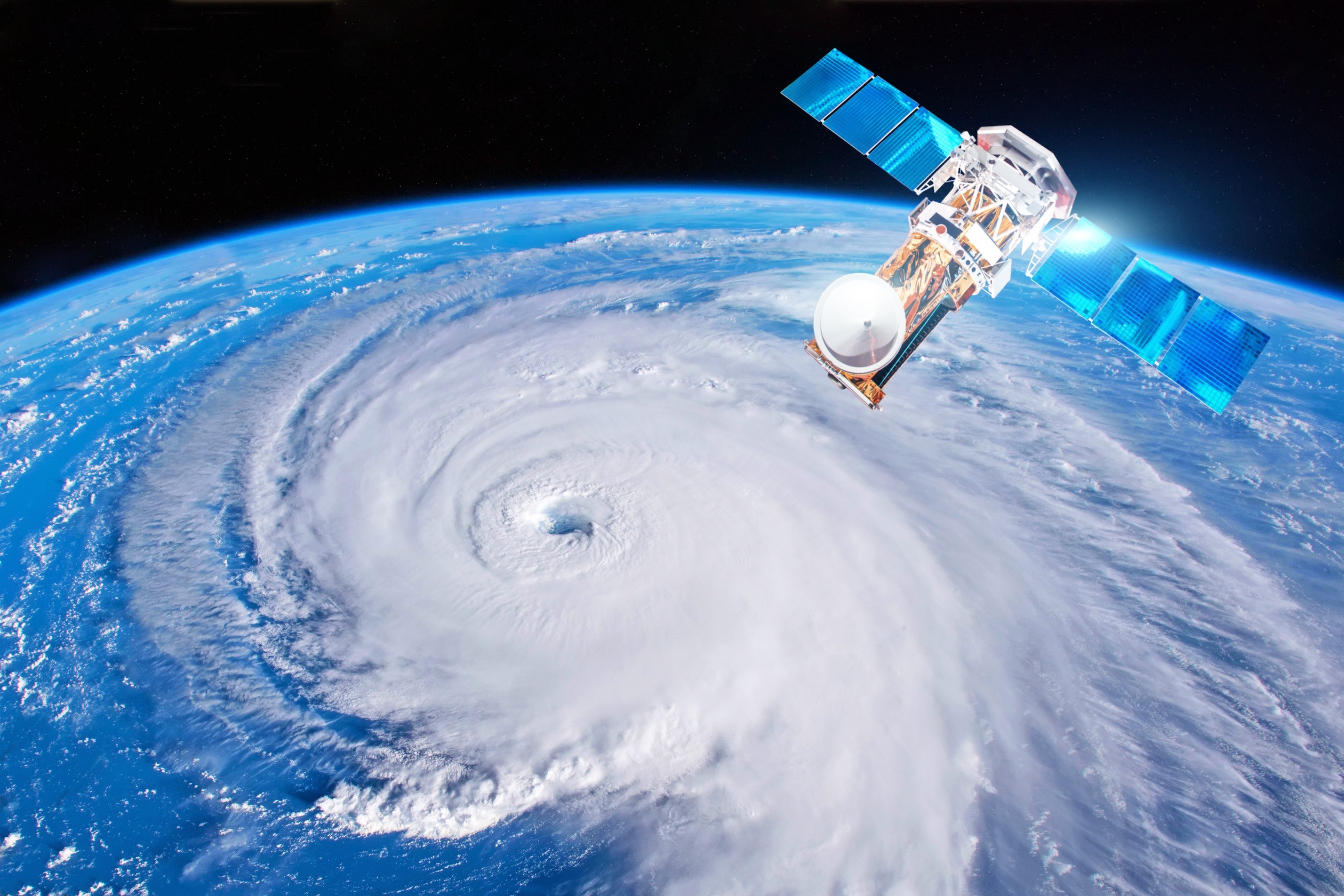Thunderstorms ravage grid; 65,000 still without power
Severe thunderstorms along the east coast have once again raised the issue of grid stability. In the wake of severe storms earlier this week in New Jersey, officials are advising that power may not be restored until the weekend. While at the peak of the crisis outages exceeded 300,000 in the state, as of Wednesday morning 65,000 customers remain without power.
As grid infrastructure ages, it is also continuously tasked with facing heavier loads in tougher conditions. Extreme heat and the attending thunderstorms are two symptoms of climate change that challenge our disaster-readiness more and more each year. As such, grid resiliency is quickly becoming a high priority for local governments. The need to keep power flowing has shown to have been one of the biggest drivers of progressive policy in the transition to clean energy.
While our current grid infrastructure is susceptible to widespread outages, clean energy is much more resilient under extreme conditions. Solar panels, for example, are typically operational as soon as the storm passes. The larger problem with the main grid is that because it is centralized, small cracks in the infrastructure create cascading effects that can affect millions. Clean energy is more conducive to a decentralized grid, which means fewer outages and leaves grid operators with more resources to handle the logistics of restoring power.
Microgrids have long been the infrastructure of choice in places like Alaska, where extreme conditions bring the importance of grid resiliency to the fore. Now that the continental U.S. is seeing hotter summers, stronger winds, and more extreme storms, local communities across the country are turning to alternative energy solutions in a bid for better infrastructure security.
The best thing about this awakening is that in addition to grid security, decentralized clean energy allows customers to save money while also reducing their carbon footprint. That’s why Power2Peer developed P2PConnect, a user-friendly mobile app for peer-to-peer energy trading. You can learn more about the benefits of a clean energy marketplace here.

